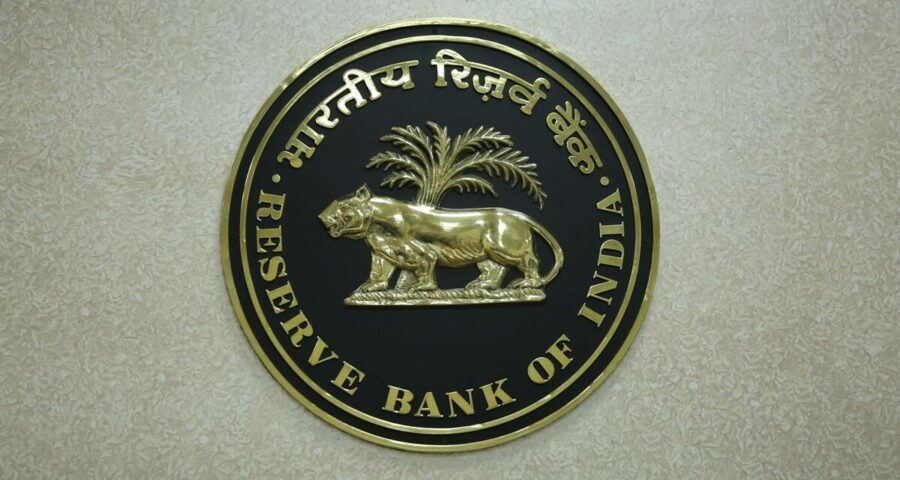The RBI has set up the second Regulatory Review Authority (RRA 2.0), initially for a period of one year from May 01, 2021, with a view to streamline regulations and reduce the compliance burden of regulated entities.
The Reserve Bank on Friday said an advisory group has been constituted to assist the second Regulatory Review Authority (RRA 2.0) which was constituted by the central bank earlier this month to streamline regulations and reduce the compliance burden of regulated entities.
Headed by SBI Managing Director S Janakiraman, the advisory group will assist the RRA by identifying regulations, guidelines, and returns that can be rationalised.
The RBI has set up the second Regulatory Review Authority (RRA 2.0), initially for a period of one year from May 01, 2021, with a view to streamline regulations and reduce the compliance burden of regulated entities.
Reserve Bank of India Deputy Governor M Rajeshwar Rao was appointed as the Regulations Review Authority.
Other members of the advisory group are T T Srinivasaraghavan (Former Managing Director and Non-Executive Director, Sundaram Finance), Gautam Thakur (Chairman,Saraswat Co-operative Bank), Subir Saha (Group Chief Compliance Officer, ICICI Bank), Ravi Duvvuru (President and CCO, Jana Small Finance Bank), and Abadaan Viccaji (Chief Compliance Officer, HSBC India).
The Reserve Bank said the RRA has constituted the advisory group, representing members from regulated entities, including compliance officers, to support the RRA in achieving the objective set forth in the terms of reference of RRA 2.0.
The group will assist the RRA by identifying areas, regulations, guidelines, returns which can be rationalised and submit reports periodically to RRA containing the recommendations/suggestions.
To undertake its preparatory work, the advisory group has sought feedback and suggestions from all regulated entities, industry bodies, and other stakeholders by June 15.
In 1999, the RBI had set up a Regulations Review Authority (RRA) for reviewing the regulations, circulars, reporting systems, based on the feedback from the public, banks, and financial institutions.
Source: Read Full Article


